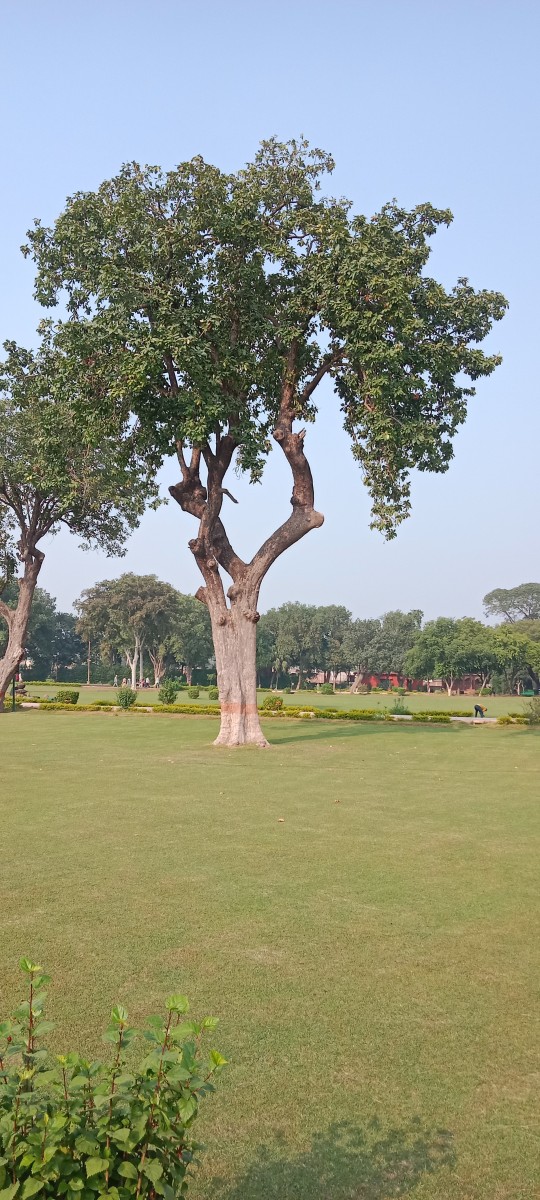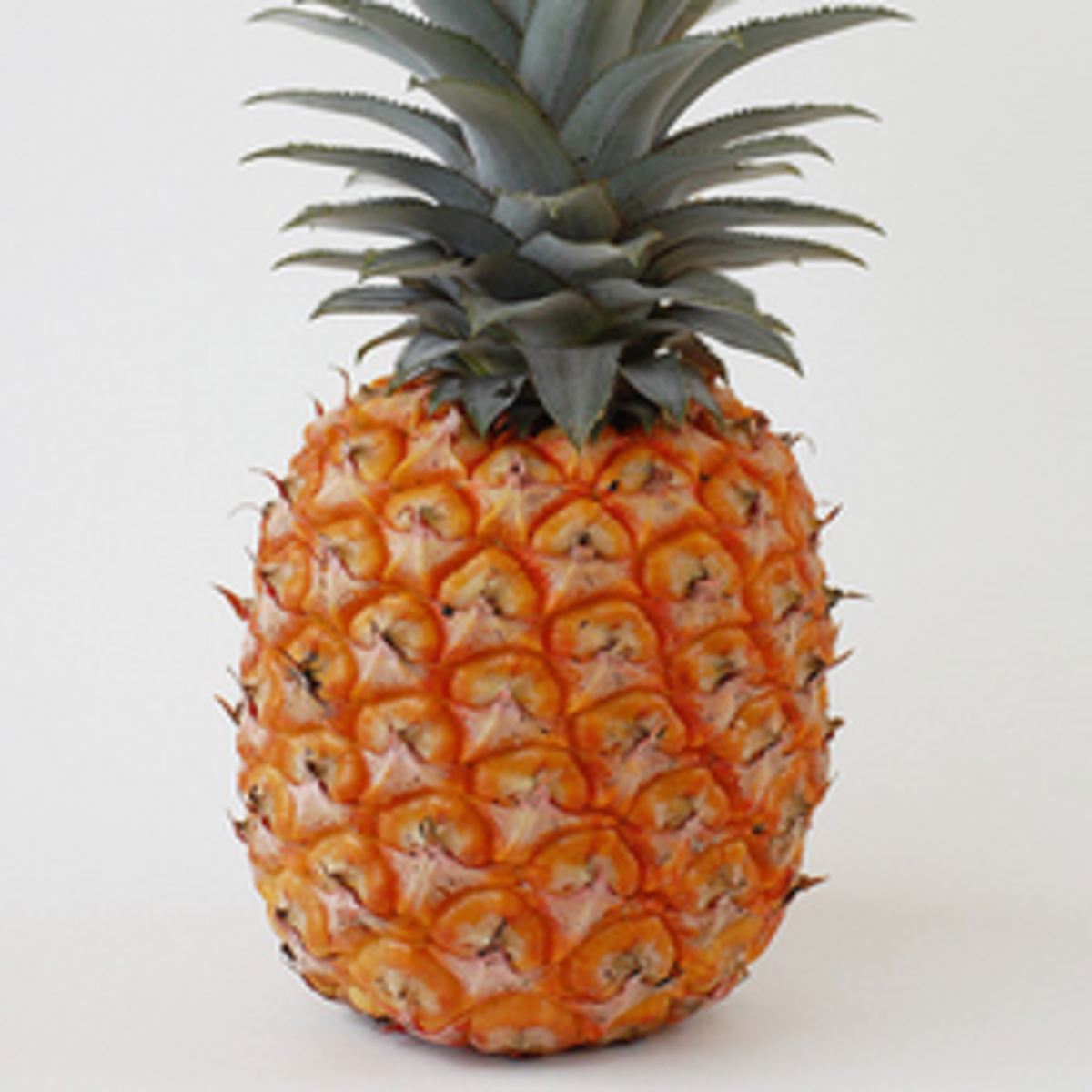Sample Communication Campaign Plan
A Campaign for Coastal Resource Management and Conservation
The Philippines is an archipelagic country rich in coastal and marine resources. There are many barangays in the country which rely on coastal resources for their livelihood. Marine ecosystem in our coastal barangays abounds with diverse resources, which have the potential for development.
Yet the importance and potential of our marine and coastal ecosystem have been unappreciated. Their conservation has been neglected. These gave rise to the phenomenon of poverty amidst wealth. In due time, this poverty will worsen as degradation of coastal environment proceeds at an alarming rate.
Coastal Resource Management and Conservation (CRMC) is a critical endeavor for our coastal communities. The development of CRMC will mean an increase in productivity and viable economic growth. The coastal ecosystem of the Philippines are some of the most productive and biologically diverse in the world.
However, our coastal ecosystems are under severe stress from the combined impacts of human over-exploitation, physical disturbance, pollution and general neglect.
Over-fishing has been identified as the major cause of the recent collapse of the coastal eco-systems. The main reason for the decline of reef fisheries in the Philippines are well known: the physical destruction of corral reefs mainly by human induced stress and over-exploitation of fish and other marine species.
Blast fishing, one of the destructive methods of fishing started in the late 1930s. Originally, blast fishers use dynamite but later on employed homemade bombs using gunpowder or potassium and sodium nitrates as main ingredients. Blast fishing intensified in the late 1940s after World War II and continued after the late 1960s. Until today blast fishing persists in some parts of the country.
Another destructive fishing method is the muro-ami, a drive-in net designed for corral reef fishing introduced by Okinawan fishermen. Muro-ami destroys the delicate and fragile branches of corral reefs thus intensifying the depletion of fishery sanctuary and breeding ground. This eventually resulted to smaller haul in commercial fishing.
Use of poison in fishing is also prevalent in Philippine fishery. Cyanide, bleaching agents, and chemicals are used to catch specific corral reef fish.
All of these destructive fishing methods have greatly contributed to the depletion of fish catch and supply and the almost total destruction of pristine fishery ground of Philippine coastal areas.
It is in this light that CRMC becomes critical. Abundant food supply, livelihood, other revenues and quality environment can be derived from our coastal communities if effective CRMC will be implemented. Participation of whole communities and the uplifting of their environmental consciousness are crucial for the success of this endeavor.
Management, which implies wise use and maintenance of the resource, is crucial to ensure the continued productive stream of net benefits without inputs for humans. In other words, we can simply harvest and use fish, mangroves, clean water, beaches, estuaries, without any investments, so long as we do not damage the ecosystem or over-exploit the natural production levels of each system and its products.
Another important aspect of CRMC is the need for a total approach to coastal management. These would include the whole coast of the bay and the oceanic influences of the South China Sea system, the watershed areas draining into the bay, inland/upstream industrial and urban areas and inland agricultural areas. The intensive activities in all these areas were found to be contributing to the ecological state of a particular bay area.
It is also worth mentioning that the successful implementation of the CRMC depends on the harmonious and concerted efforts of the major components of the plan. It cannot be overemphasized that there is a need for coordination and cooperation at the operational level among the people, the local and national government agencies, the scientists and resource managers and the non-government organizations.
Communication Objective
The objective of our communication campaign is to impart on our coastal communities the potential hidden value of conservation and management of our coastal resources. Consequent to this is the resulting appreciation of the importance of conservation and management.
Resource valuation is the process of assigning a measurable value, usually monetary, to a particular resource, product or activity. This process uses a number of monetary valuation methods to account for use and non-use values of resource eco-systems.
The valuation of natural resource is not the same as the valuation of ordinary goods and services. The worth of a particular good is equivalent to the price determined by the market based on supply and demand conditions. Natural resource such as coastal resource can be priced according to the market price they produce. However, this value can only reflect the partial value of the resource because natural resource provides other and oftentimes more significant values, on top of those already priced in the market.
For example, forest resources are valued according to the timber, logs, plywood, that they produce and corral reefs are valued according to the quantity of fish caught. This is convenient because only timber, logs or fish are being bought and sold in the market. What we missed among other things is that forest and corral reefs provide services by minimizing the costs associated with coastal erosion. For example, forests stop floods by retaining water and corral reefs serve as buffer against wave action. In these cases, cost avoided is a benefit.
Total economic value consists of use and non-use values. Use value means the consumptive value (direct use value) of tangible natural resources such as fish, timber, water as well as non-consumptive (indirect use-value) ecological and recreational uses of natural resources such as diving, swimming, boating, birdwatching and picnicking.
Non-use values may be derived even if individuals do not use the resources directly. Existence value, which is also known as preservation value, may be denoted as the value to a human of knowing that a resource, that he or she never intends to use, is protected. It may also be called option value (value of natural resources for future generation) and bequethment value (value of endowing a natural resource to posterity).
Another objective of our campaign is to mobilize our intended audience for positive action. In this case, the targets of communication and development campaign are the local community, NGO’s and other concerned organization, the local government units, and the national government with specific focus on the legislative and executive branches.
Target Audience
A. Small-scale fishermen, who are frequently among the poorest of the poor in our coastal communities, shall be the prime movers of Coastal Resource Management and Conservation. These marginal fishermen comprise the majority of any coastal community and barangay in the Philippines and their integration and active participation in CRMC will definitely ensure the success of this endeavor.
The small-scale fishermen’s cooperatives are the ideal organizational form and channel through which CRMC can be integrated as a component function. Maximum effect and benefit can be obtained if these cooperatives can be developed into a conscious organization for CRMC.
The advantages of cooperatives are as follows:
1. Greater control of members over the business and benefits of their organization.
2. Combined action can be more effective than individual action.
3. There is group commitment to their activities.
Cooperatives are often involved in training and education not only with respect to fishery matters but also health and literacy. It will not be difficult therefore to integrate into the cooperatives’ program the concept and action plan on CRMC. Cooperatives can be a powerful vehicle for facilitating information acquisition for fishery management purposes.
B. Different non-government organizations, aside from the fiserfolks’ cooperatives, can play a significant role in the implementation of sound management and conservation program and campaign. Through linkages with different NGOs, we can develop a solid mass base of support for the program. The technical and informative capabilities of these NGOs will greatly help in pushing the CRMC agenda.
C. One of the most crucial aspect for the successful implementation of CRMC is the participation and active support and involvement of the local and national government agencies. The campaign therefore shall actively lobby for a more active presence of the government in the coastal communities. The massive information and education campaign shall be good start for the government to show concern and care for the coastal residents. Initiation of projects that will benefit the coastal communities is the intended maximum result of government participation.
Communication Strategies
Promotion of Coastal Resource Management and Conservation in a coastal community will take the triad approach of arousing, organizing and mobilizing the whole community for positive action. It will take the form of a mass-campaign and undertaking which utilize all forms of educational and information dissemination. Particular attention shall be given to traditional and oral forms of communication as coastal communities lack the necessary infrastructure for electronic media and the current low-level of literacy prevalent in these areas.
Mass meetings of cooperatives as well as the whole community shall be the main form of information campaign. A house-to-house campaign conducted by competent staff will complement the mass meetings. As for printed materials, the comics-type of primer shall be the main form.
Training of local leaders and cooperative officers on mass-campaign planning and administration shall be conducted for purposes of echoing and producing cadres or CRMC advocates.
Radio broadcasts in the form of radio dramas shall be developed for this is the main entertainment activity of coastal communities. Periodic film showing for the whole barangay on the benefits of CRMC shall be conducted to complement the printed and broadcast propaganda.
Other forms of education-information dissemination shall be developed such as:
1. Benefit dances
2. Beauty pageants
3. Boat racing
4. Sportsfests and similar activities
In dealing with the local and national government, our campaign shall focus on positive pressure politics. These will involve different levels of information campaigns and active lobbying. A massive lobby group shall be organized for the purpose of influencing different local and national government agencies to actively participate and get involved in the implementation of a sound coastal resource management.





